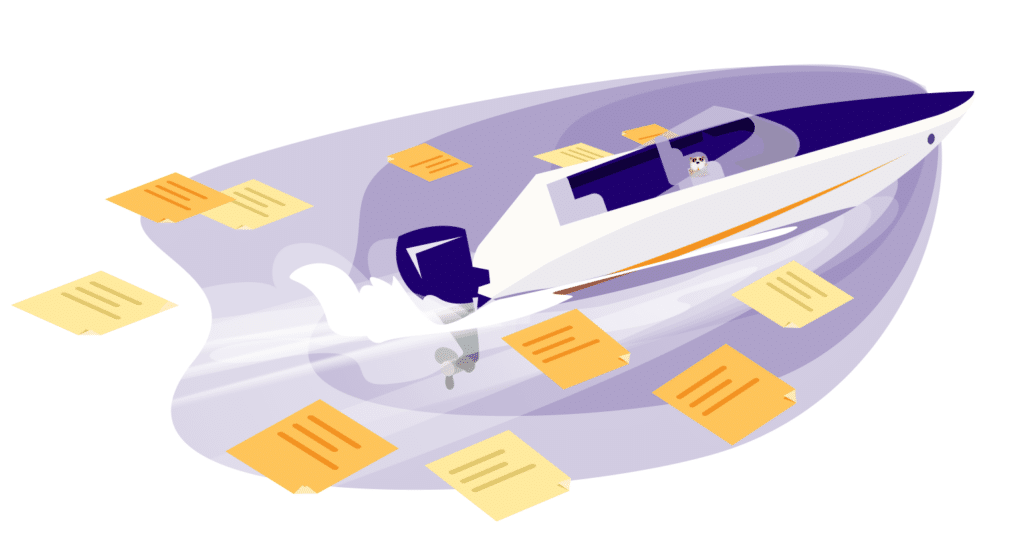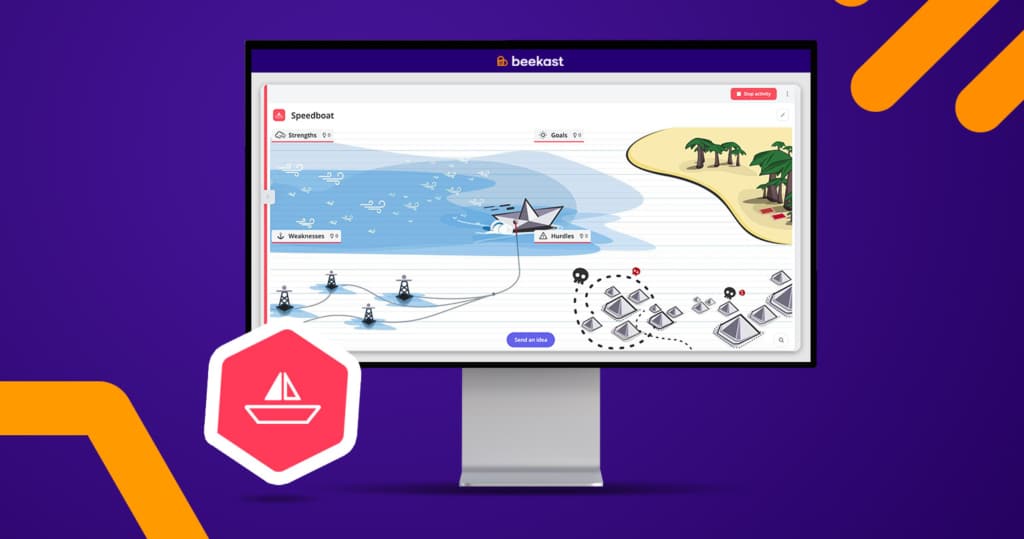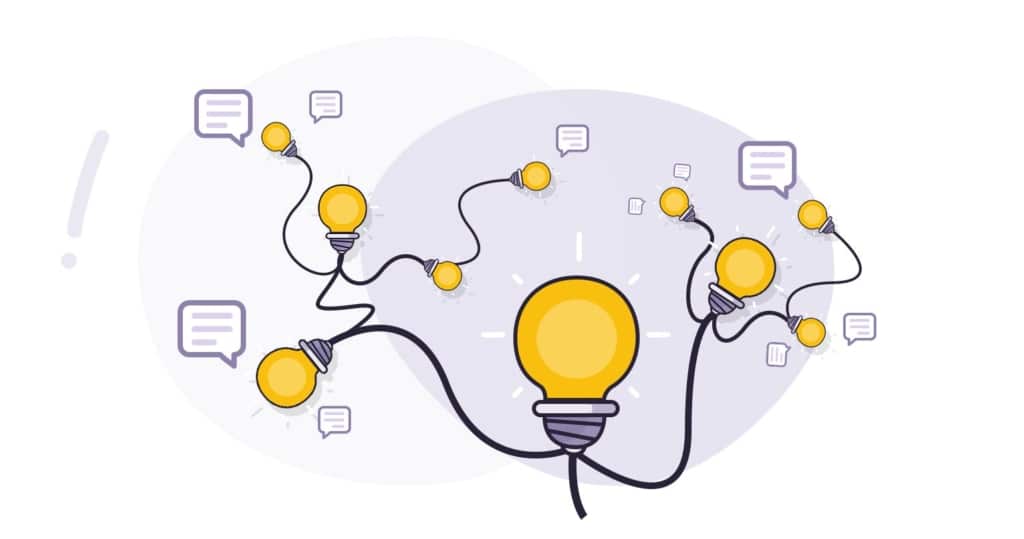Inspired by the methods and tools used by designers, design thinking can help you achieve more efficient and more relevant project development. So let’s explore how to accelerate innovation within your company and bring your ideas to life faster than ever!
What is design thinking?
Design thinking is an innovation technique built on three major pillars: people, experimentation and methodology. The intent behind this method is that instead of companies waiting years before designing a product or service, they introduce the idea to their end-users ASAP, thereby optimising its development.
While design thinking describes a single concept, various free-thinkers have broken it down into distinct methods. Among the most popular are Rolf Faste, director of Stanford University’s product design department; Jeremy Gutsche, entrepreneur and Stanford alumnus; and even Tim Brown, CEO of IDEO.
Let’s examine Jeremy Gutsche’s five-step process for incorporating design thinking into your business!
1) Empathise to understand the need
Before jumping into the development phase for products and services, the various design thinking schools of thought agree on the importance of identifying exactly what needs they meet. This shouldn’t be based on intuition or a feeling but rather concrete problems identified by potential customers.
To figure this out, you can use immersion methods, user tests, or simply conduct surveys. Don’t talk about your product or service yet, though, and avoid guiding responses. Empathy comes down to letting users express themselves freely so you can better understand how they live and think.
2) Make a diagnosis and formalise the problem
After you’ve completed the first step, you can turn your attention to interpreting the data in detail. By classifying the problems and needs raised, you’ll quickly see that some regularly reappear. Prioritise the results and use them to formulate a sentence that explains the problem you want to solve. This step might seem simple, but it’s important to take the time to define your problem because it will be the foundation on which your project is built.
3) Use ideation to stimulate creativity
With the first two design thinking steps well in hand, you can launch an ideation workshop to get your team’s creative juices flowing. This will allow you to collect the most ideas to suggest solutions. After a quick ice breaker, you can move on to brainstorming or another ideation technique. What you want to do is generate as many ideas as possible – at this stage, you’re prioritising quantity over quality. Once the ideas have been expressed, rank them and pinpoint the main idea you wish to develop.
4) Use prototypes to devise solutions
Step four isn’t for designing your final product. Instead, it’s about creating an initial functional version that you can put into the hands of potential customers as quickly as possible. So there’s no need to waste time on the design. Whether a model, drawing, website, or digital solution, you decide on the most relevant format for your project’s prototyping. With design thinking, it’s essential that your product be functional and easy to understand!
5) Run user tests to confirm their relevance
Is your prototype finished? Great! In this last stage of design thinking, all you have to do is listen attentively to your potential customers. Their feedback will play a valuable role in improving your product. When in doubt, you can always go back to the basic problem formulated earlier on. It will help keep you pointed in the right direction!
—————
Want to implement design thinking in your next project? Feel free to try our solution to make your team’s work easier. Beekast is here to guide you through every step of design thinking to encourage innovation, from identifying customer needs to brainstorming to user testing.
For example, with Beekast’s Whiteboard, you can collect participants’ ideas in real-time, give them structure, and classify them via vote. This will simplify things for you, and your teams will finally have a fun and easy way to express their creative sides!

Want to give it a try? Create a free account now!
Related Reading:



